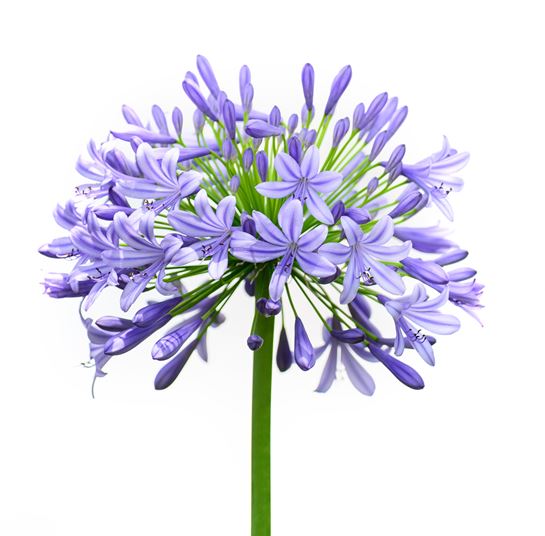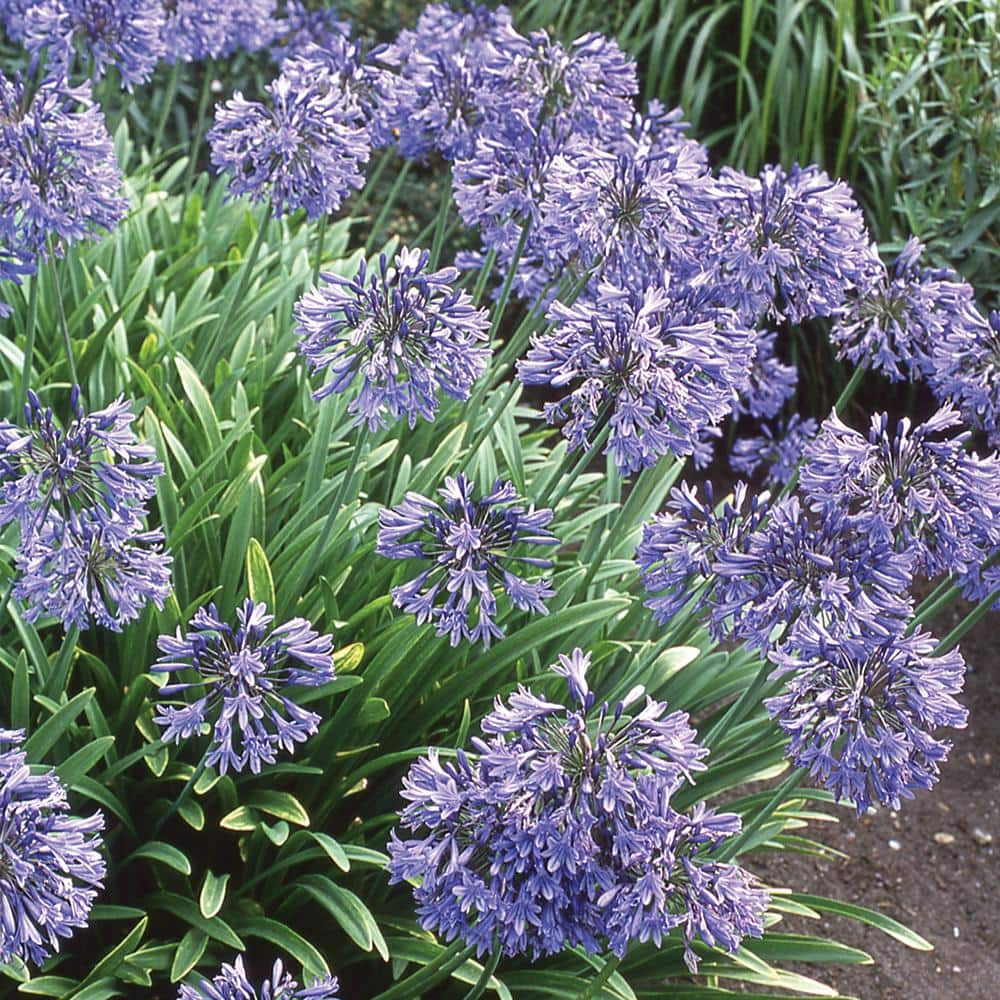Grasping the Art of Agapanthus Treatment: Important Steps for Healthy Growth and Lively Blooms
In the world of horticulture, the farming of agapanthus stands as a rewarding undertaking for those that look for to nurture these stylish blooming plants. With their striking blooms and stylish foliage, agapanthus has actually recorded the interest of gardeners worldwide. Nevertheless, accomplishing optimal growth and vibrant blooms needs a nuanced method that includes numerous vital actions. From picking the ideal variety to mastering pruning methods, the journey in the direction of growing prospering agapanthus plants is complex and holds the crucial to unlocking the full possibility of these botanical treasures.

Picking the Right Agapanthus Selection

When selecting the right Agapanthus range for your garden, take into consideration aspects such as environment suitability, blossom color, and development practice. Additionally, take into consideration the climate in your region to make sure the Agapanthus selection you pick can flourish in your certain problems. Comprehending the development practice of various Agapanthus selections is essential for correct placement within your yard.
Perfect Growing Problems
Thinking about the ideal environmental demands is essential for successful Agapanthus farming. Agapanthus grows in well-draining dirt with a slightly acidic to neutral pH degree. When growing, select a place that obtains full sunlight to partial shade. In hotter climates, offering some mid-day shade can protect against scorching of the leaves. Agapanthus plants are sensitive to cold temperature levels and should be safeguarded from frost throughout cold weather.
To make sure healthy development and vivid blooms, plant Agapanthus light bulbs at a deepness of about 2-4 inches and room them 8-12 inches apart. Including raw material, such as garden compost, to the dirt can improve water drainage and fertility, advertising robust root growth. Mulching around the base of the plants aids preserve dampness and subdues weed growth. Regular watering is crucial, specifically during the growing season, to keep the soil regularly moist however not saturated.
Watering and Fertilizing Tips
Preserving appropriate dampness levels and supplying important nutrients are essential components in the care routine for Agapanthus plants. When it comes to watering Agapanthus, it is essential to strike a balance. These plants choose regularly damp dirt but are vulnerable to root rot if overwatered.
Fertilizing Agapanthus is essential for advertising healthy growth and prolific blossoms. Use a well balanced fertilizer, such as a 10-10-10 formula, in the very early springtime as new development arises. Repeat this application every 6-8 weeks throughout the growing season. Avoid extreme fertilizing, as it can cause lavish foliage at the cost of blooms. Always follow the producer's directions for appropriate dilution and application techniques. By complying with these watering and feeding suggestions, you can guarantee your Agapanthus plants flourish and generate vivid, durable flowers.
Trimming Methods for Agapanthus
Trimming Agapanthus plants at the proper times and with correct strategies is crucial for keeping their health and wellness and promoting optimal development and flowering. The excellent time to trim Agapanthus is in late winter season or very early springtime prior to brand-new growth read this post here arises.
For flowered stems, wait until the flowers have actually withered and after that cut them back to the base. This not only tidies up the plant's appearance however also encourages the advancement of new blossom buds. Deadheading spent blossoms can also reroute the plant's power right into creating more flowers as opposed to establishing seeds. However, if you desire to accumulate seeds for breeding, leave some flowers to dry and fully grown on the plant.
Bear in mind to use clean, sharp tools to make precise cuts and decrease the risk of presenting illness. Agapanthus. Routine pruning will certainly aid keep your Agapanthus looking healthy and balanced and neat while guaranteeing a plentiful screen of stunning blossoms
Dealing With Usual Insects and Diseases
After making sure appropriate pruning strategies for Agapanthus, it is essential to deal with typical insects and illness that can impact the wellness and vitality of these plants. Agapanthus plants are normally durable yet can still drop victim to particular issues. One usual pest that influences Agapanthus is the Agapanthus gall midget. This small, orange fly lays its eggs in the foliage, causing altered development and blossom buds that stop working to open up. To combat this parasite, trim and damage any damaged plant components and consider making use of insecticidal soap.
An additional usual problem is fungal fallen leave place, which offers as dark sores on the leaves. To avoid fungal diseases, make certain excellent air flow around the plants, prevent overhead watering, and get rid of any infected leaves promptly. Additionally, Agapanthus plants can suffer from root rot if they are investigate this site grown in inadequately draining dirt. To avoid this, plant Agapanthus in well-draining soil and avoid overwatering. By being vigilant and taking prompt action versus illness and pests, you can help your Agapanthus plants flourish and generate dynamic blooms.

Verdict
To conclude, grasping the art of agapanthus care includes picking the ideal selection, giving optimal planting conditions, appropriate watering and fertilizing, appropriate pruning techniques, and addressing usual parasites and diseases. By following these important steps, you can make sure healthy and balanced development and vivid blossoms for your agapanthus Read More Here plants. Remember to routinely check and maintain your plants to promote their total well-being and longevity.
To make sure healthy development and dynamic blooms, plant Agapanthus bulbs at a deepness of regarding 2-4 inches and area them 8-12 inches apart. By following these watering and feeding suggestions, you can ensure your Agapanthus plants grow and create lively, long-lasting blooms.
One usual pest that affects Agapanthus is the Agapanthus gall midge. Furthermore, Agapanthus plants can endure from origin rot if they are planted in inadequately draining pipes dirt. By following these essential steps, you can ensure healthy development and vivid blossoms for your agapanthus plants.
Comments on “Just how to Plant and Maintain Agapanthus in Your Yard”